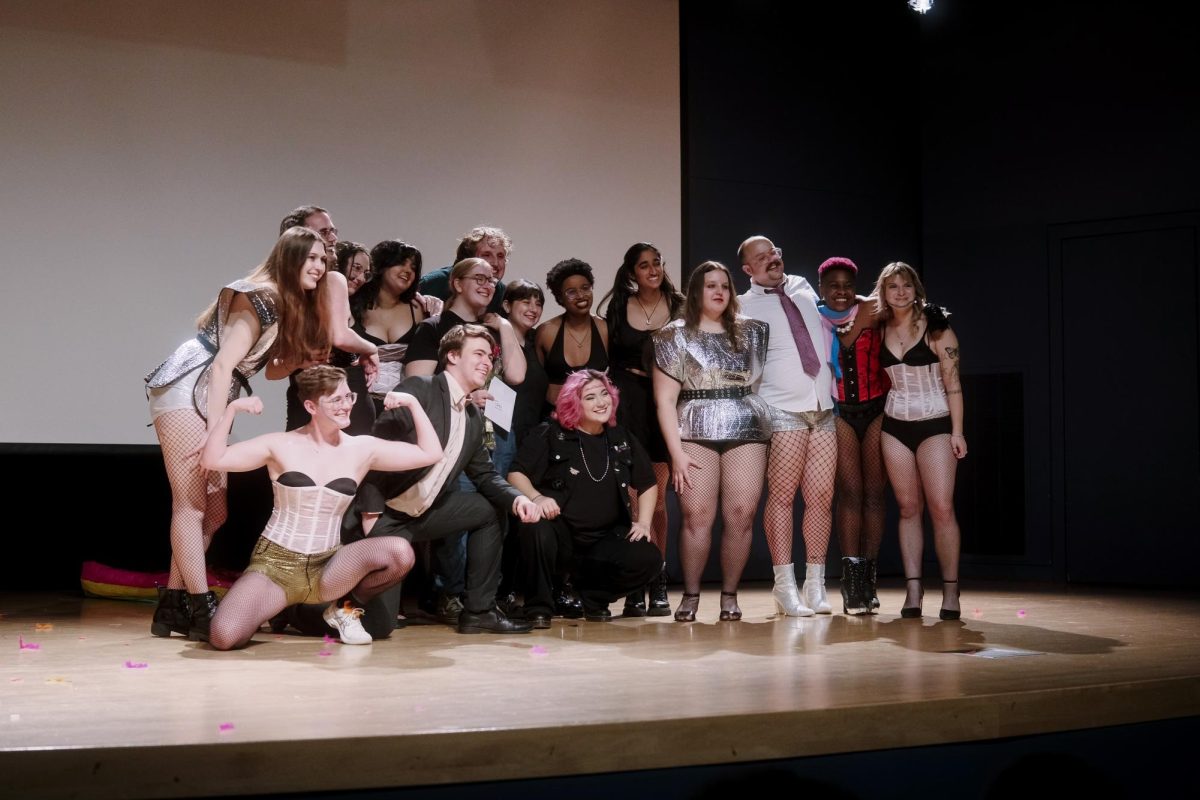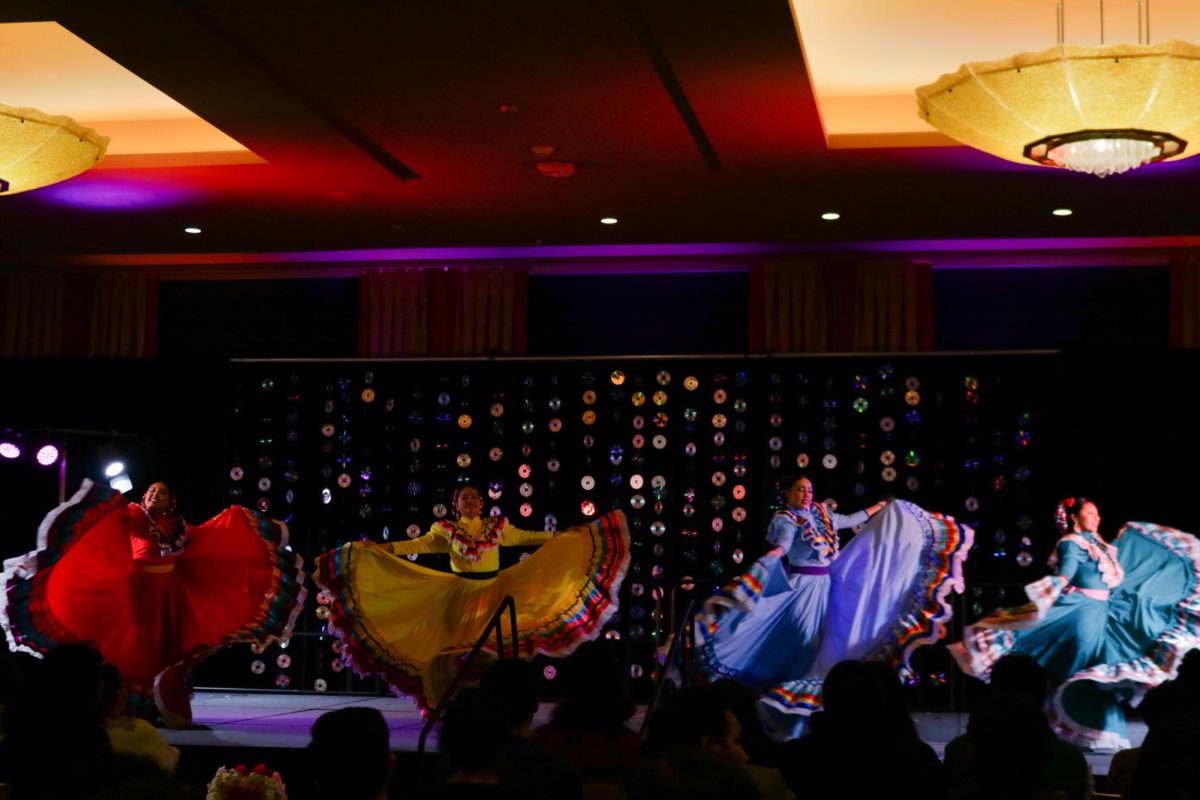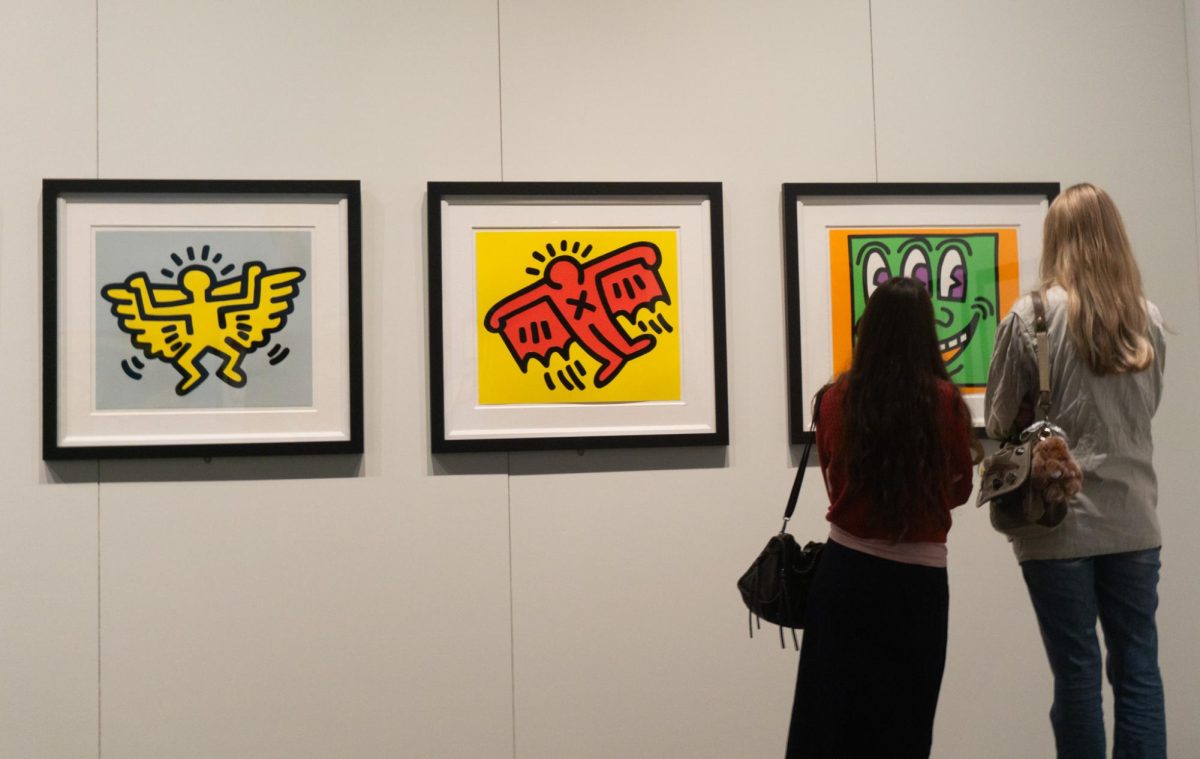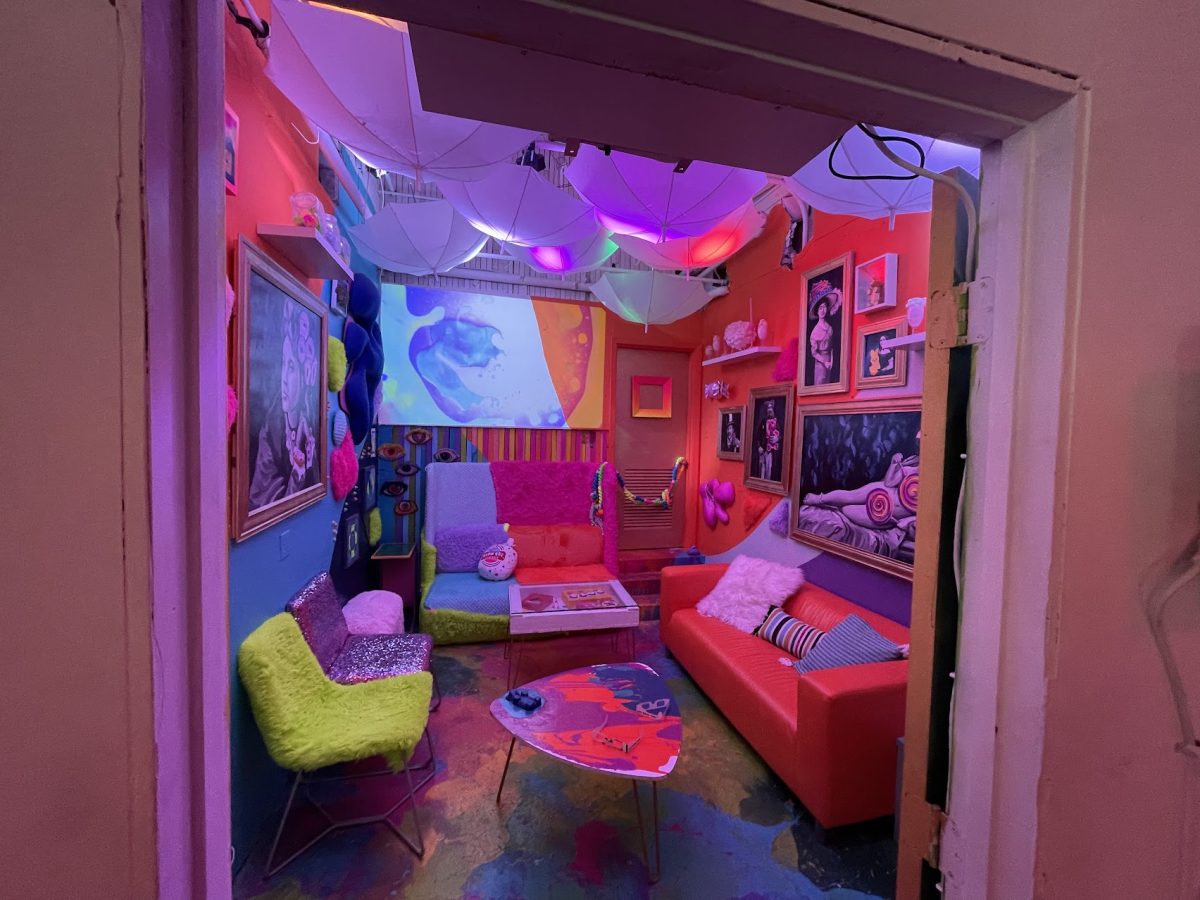It’s queer, it’s sexy, it’s in your face and it’s unapologetically Rocky. If you haven’t seen it, there is no explanation quite like experiencing it, and if you have, it’s probably been more than once. Once again, Inigo, Seattle University’s musical theater club, held their annual showing and shadow cast of “The Rocky Horror Picture Show” last weekend.
The students in Inigo perform a shadow cast, which is where as the movie plays in the background and actors portraying the characters simultaneously act out the motions. Audience members participate in a variety of ways, including callouts and using various objects in unison with the movie.
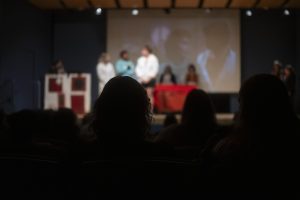
These shows, of course, are done alongside the 1975 movie “The Rocky Horror Picture Show.” A musical horror film, it depicts a young, traditional couple who get engaged and are on their way to a friend’s house when they get stuck in the rain. They go to a nearby castle for shelter, where an androgynous character named Dr. Frank-n-Furter exposes them to his creation, an idealized man named Rocky, leading them on a path of sexual deviancy and self-exploration.
The movie, which initially came out to negative reviews, quickly amassed a large cult following, with fans dressing up as the characters and shouting many of the lines from the movie back at the screen. This was the genesis of the shadow casts, and they continue until this day, with many amateur groups like Inigo still performing them.
The film was influential in many ways that helped to make it the classic that it is. The costume design of the movie was influential in the world of fashion, and the movie’s queer iconography and themes revolving around the rejection of traditional sexual and gender norms have made it a staple within the queer community. Despite coming out in the 70s, a time of censorship and general conservative attitudes toward sex, the movie didn’t just push boundaries of what was allowed, but threw them away completely, gleefully indulging in sexuality and queerness in ways that were not acceptable in pop culture at the time.
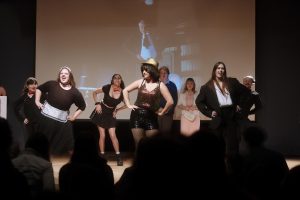
As is tradition, each audience member is given a red V or S on their forehead to signify their status. If it is their first Rocky, they are given a V for virgin. If they have been before, they are given an “S” for slut.
Before the showing, an outfit contest was held. Contest, however, is used loosely here, as it was more of an opportunity for the audience to uplift and affirm those who volunteered to go up.
This idea of performance and the acceptance of one’s identity and sexuality are central to Rocky (as the performance/shadow cast event will be referred to from now on) as we know it today. The show is a judgment-free zone, with audience members being encouraged to wear sexualized outfits, encouraging members to present themselves in nonstandard and authentic ways.
Tess McDowell, a fourth-year psychology major, played Riff-Raff in the show. She shared the joy and challenge of playing a masculine character.
“It definitely felt really fun, and kind of freeing in a way. That’s like the beauty of Rocky Horror, that anyone of any gender can play any one of these roles and they do amazing,” McDowell said.
Once the show started, MC Rose Lindsey, a fourth-year creative writing major, helped coach the audience by participating in the shadow cast, explaining rituals like saying “Asshole!” when the male lead, Brad Majors’ name was said, or “Slut!” when the female lead, Janet Weiss was mentioned.
Lindsey spoke to the personal significance of a show like Rocky.
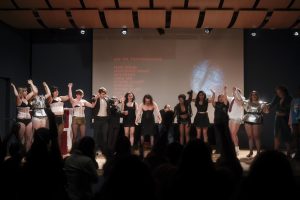
“Being in a show which is so unapologetically forward about queerness and performativity, even being able to wear an outfit like the one I’m wearing right now, has been really major and really appreciated for being in that kind of safe space overall,” Lindsey said.
With Rocky, unlike many other cult classics, the focus is on inclusivity and bringing people in rather than exclusivity or gatekeeping. The act of being present and enjoying the experience is encouraged over intellectual discussion of the film, which is part of what makes it so special. For many first-time viewers, it allows interaction with film and art in a way that they never experienced before.
Tessa Shainin, a first-year philosophy major and first-time viewer, corroborated this and shared her experience watching the show.
“I don’t think it was too deep; it was just fun, fun times. Lots of dancing, lots of singing, and lots of awesome acting,” Shainin said.
Rocky is not only an incredibly unique celebration of queer identity, but also an incredibly fun and interactive experience. If you missed it this year, Inigo performs it every year, so keep an eye out for it Fall Quarter 2025.


